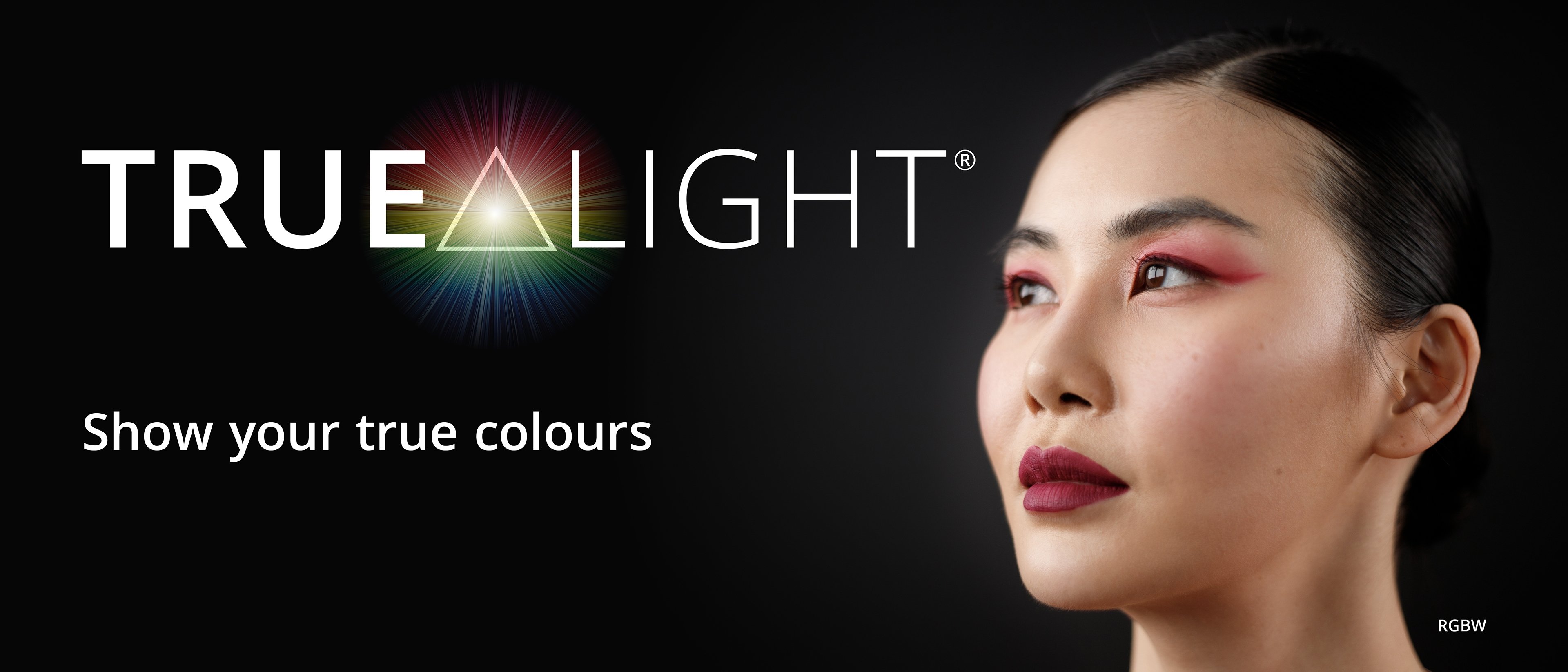
The VP Toolbox for LED Processing
Unpacking the VP toolbox with Brompton Technology – an inventory of tools and technologies for LED processing in virtual production.
The virtual production boom meant quickly finding ways of working with available technology. Many of the software tools used in those early stages were originally designed for other purposes. But a lot has changed since.
Just over three years ago, Brompton Technology launched version 3.2 of its Tessera software. This included two breakthrough LED processing solutions that would alter workflows in virtual production. With more to come.
There’s been a rapid evolution in the flexibility and creative control filmmakers have on a virtual production stage, with considerable improvements and transformations to the storytelling process through in-camera visual effects (ICVFX).
Effective LED processing is central to the success of this new technique and Brompton has not only delivered many purpose-built VP tools in the last three years, but also approached the design of new hardware as platforms to meet future requirements on LED processing in the VP space.
Here’s a look at some of the standout tools and technologies available in the Brompton VP toolbox today.
Software Solutions
In its Tessera V3.2 software release in April 2021, Brompton Technology introduced two standout features: Frame Remapping and ShutterSync®. Previously, only one camera could be effectively used in an LED volume, but these new processing solutions gave filmmakers the ability to do much more with multi-camera setups in virtual production.
ShutterSync signalled a significant about-turn in VP workflows by allowing the refresh of the LED wall to be tuned to the camera. Up to this point, the camera had to compensate for the LED wall refresh rate.
At the beginning of 2022, Brompton’s Tessera V3.3 release introduced Extended Bit Depth which, in conjunction with the ShutterSync feature, enabled panels to increase their PWM bit depth to achieve two to three additional stops of dynamic range at the low end – amplifying the quality and level of detail that filmmakers can capture when filming an LED displaying dark, shadowy content.
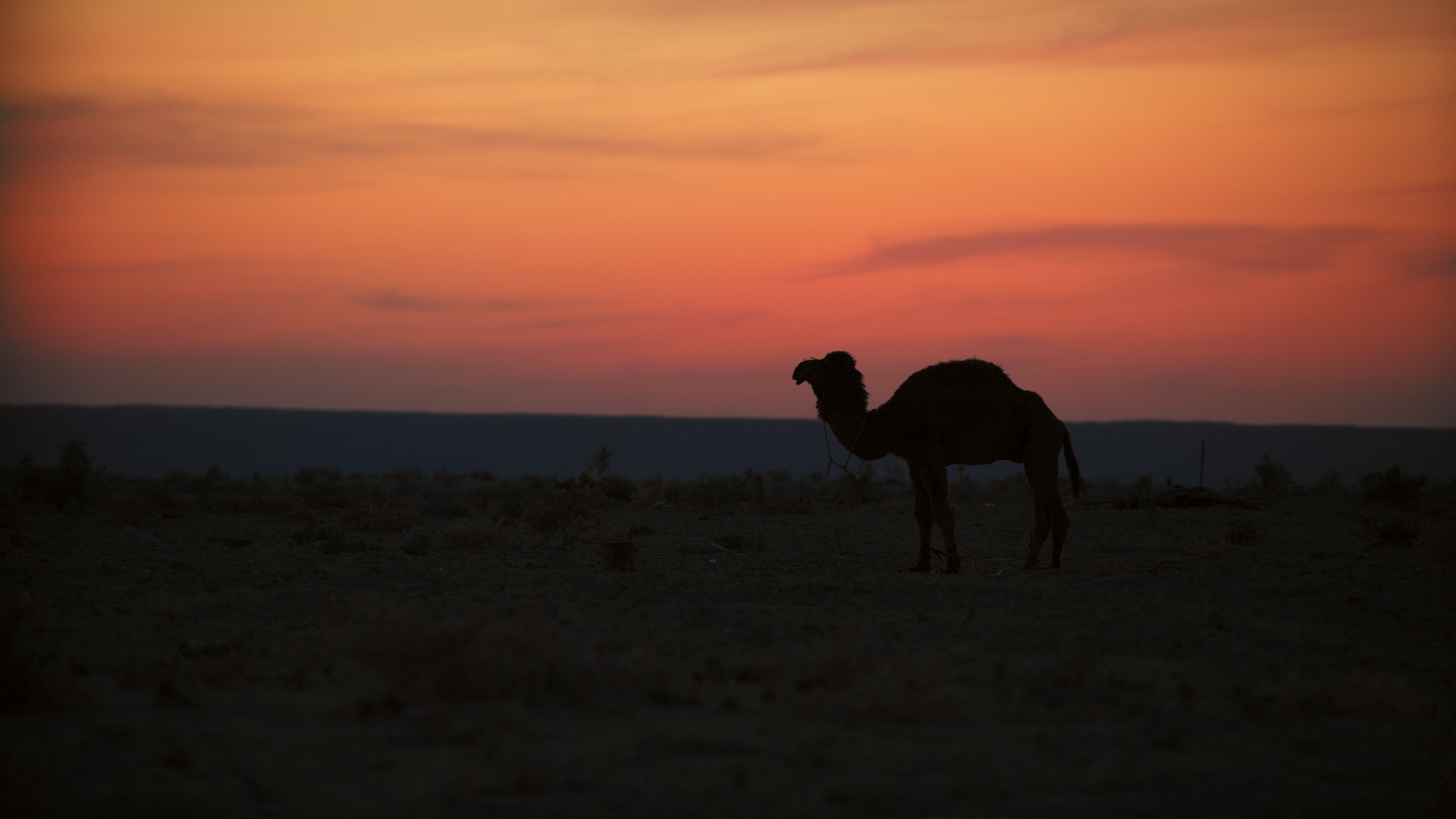
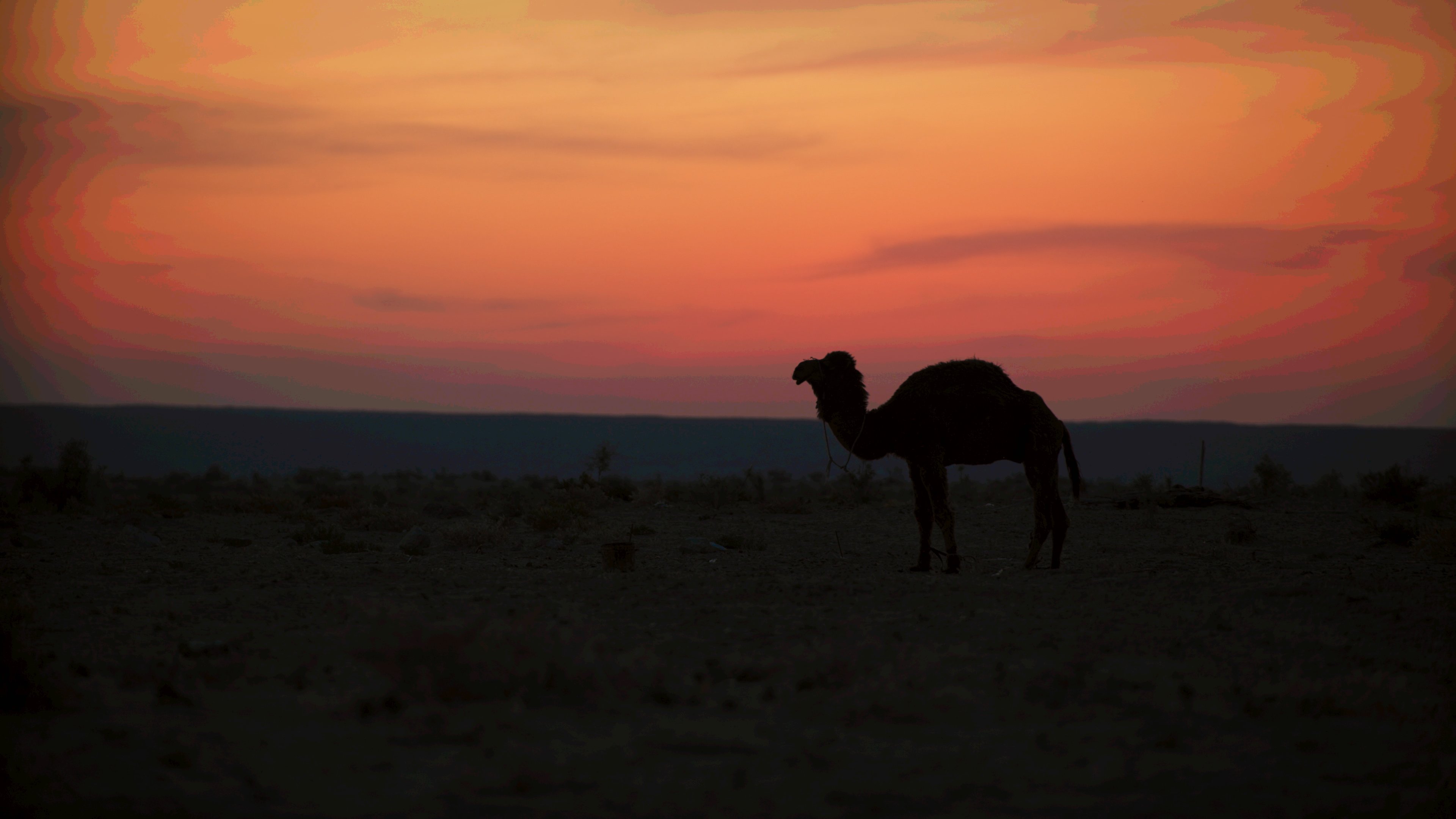
Tessera V3.3 also introduced support for the ACEScg colour gamut with the ACEScg preset, eliminating the need for unnecessary colour space conversion.
One of the biggest breakthroughs came with the launch of TrueLight in April 2023. It preceded the launch of new RGBW LED panels, which were developed to meet an increasing interest in panels offering a broader spectral output. Because TrueLight performs spectrally-aware full-colour calibration of all four emitters, filmmakers can take up the best of what an LED stage offers – the lighting and reflections from the LED panels themselves – without it compromising colour quality in other areas, such as an unnatural red hue to skin tones.
Brompton’s latest software release – Tessera V3.5 – addresses the creative possibilities for virtual production in the broadcast arena with features such as Custom Markers. Just about any image can be uploaded to the LED processor and used as a marker in the LED environment without it appearing on camera – examples include QR codes, fiducial markers, talent markers or instructions and digital ‘spikes’ for set placement. One way this feature can be used is to provide presenters with references to AR visuals so that they can interact with virtual objects more realistically and effectively.
Hardware
Brompton unveiled its unprecedented Tessera G1 receiver card at the start of 2023 – its extraordinary power a deliberate strategy anticipating the requirements on LED processing in future. The G1 drives new RGBW LED panels and provides the computing capacity for new technologies like TrueLight. This only scratches the surface of what the G1 has to offer, which is capable of supporting up to one million pixels on a single panel or driving panels at 1,000Hz, and is also the first to support 10bps Ethernet over fibre direct to the panel.
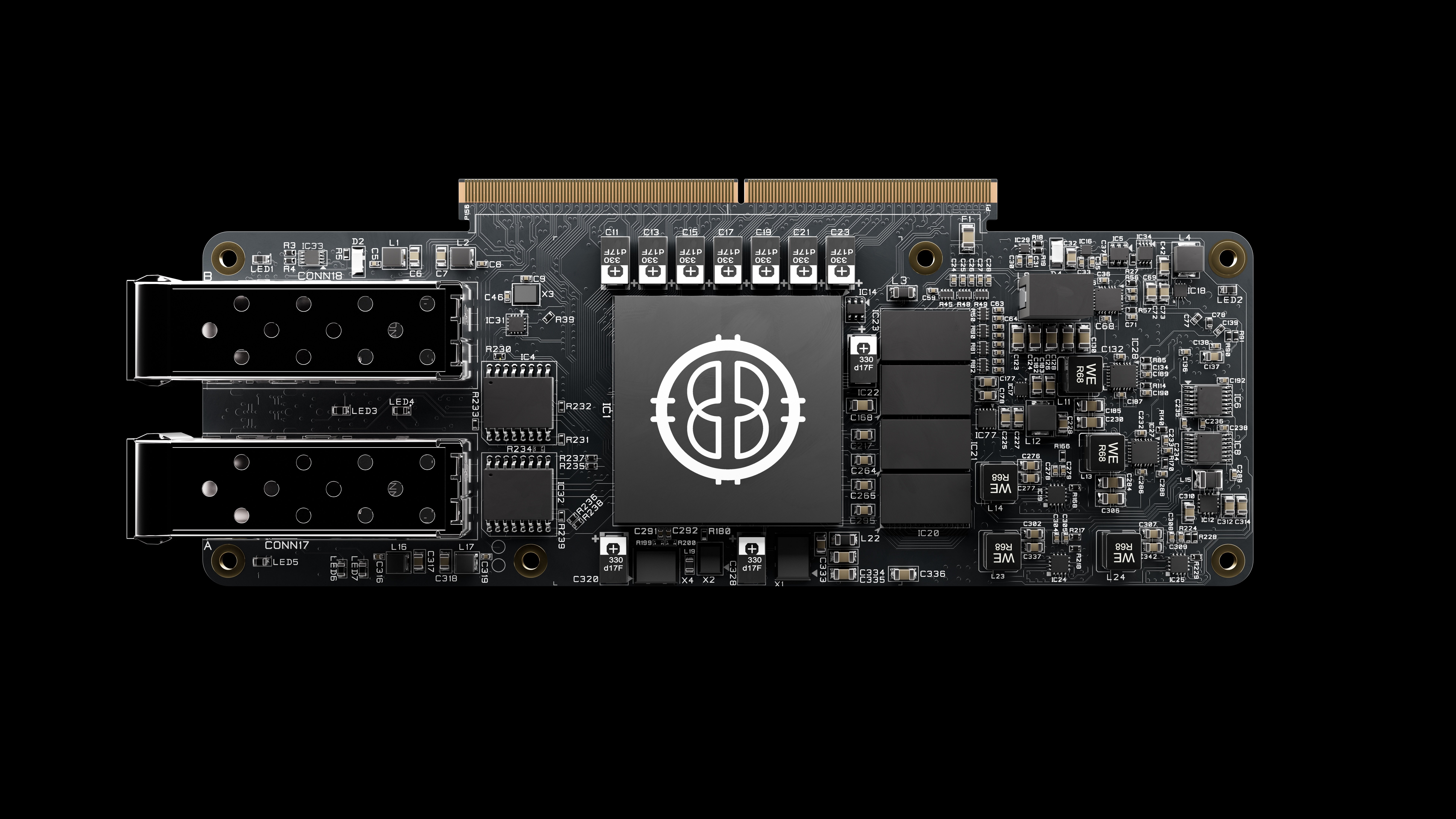
In April 2024, Brompton unveiled the world’s most powerful 8K LED video processor: the Tessera SQ200. It follows in the footsteps of the Emmy Award-winning Tessera SX40, delivering the same core feature set, but now supporting 8K and 4x4K workflows, and offering ample headroom for many years of continued feature innovation.
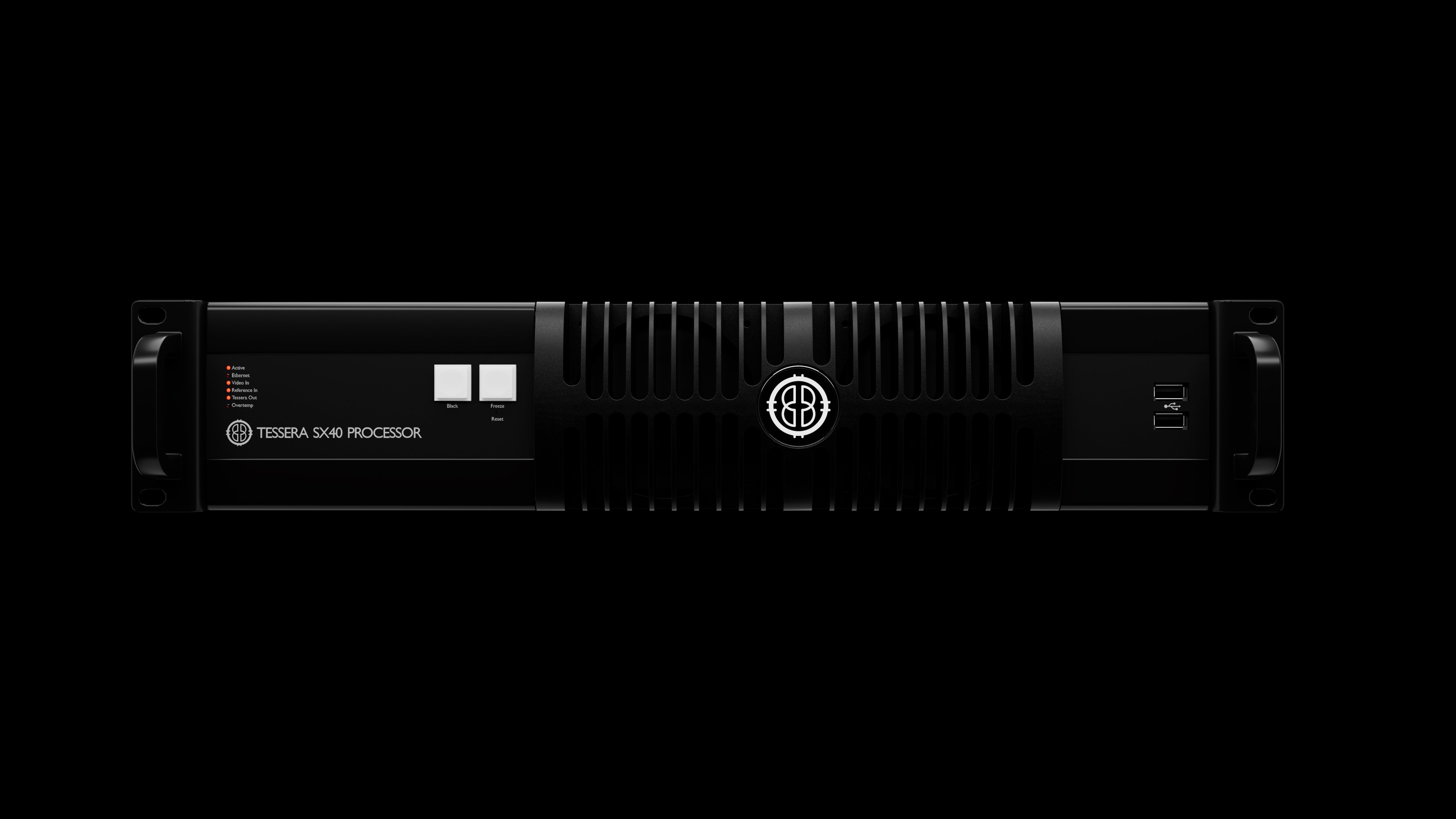
Integrations and Standardisation
Over the years, Brompton has worked closely with industry partners to test solutions and put these into the hands of users. A collaboration with Mo-Sys in 2022 delivered a tracking markers solution for LED-based virtual production. The Mo-Sys StarTracker integration, used along with Brompton’s Frame Remapping feature, meant markers could be displayed on the LED itself, without being picked up by the camera, thus allowing for easier and accurate tracking in VP and XR applications. As of Tessera V3.5, Brompton’s hidden marker suite now also includes the stYpe RedSpy system.
A collaboration with Pomfort in 2021 led to a Pomfort Livegrade integration. This was a tool already familiar to DITs and DPs but could now also provide them the ability to send 3D LUTs to their Brompton processors and fine-tune the colour balance of LED panels in real time on set. A collaboration with Assimilate followed in 2022, with Assimilate Live Looks, Assimilate Live Assist and Assimilate Live FX all supporting integration with Brompton’s S8 and SX40 processors, enabling live colour grading and compositing in VP workflows.
The Tessera SQ200, flagship of Brompton’s Gen 3 range, delivers added support for AV-over-IP protocols. This aligns with a movement towards standardisation in VP, with many of the standards already in place to do that – including ST 2110, a well-established standard for broadcast, and IPMX.
Along with the rise in VP tools and know-how, there has been a decline in the barriers to entry, many of these related to costs and skills gaps. The level of planning needed for the virtual production stage is still very high, but shoot time can go incredibly quickly. Production on music video “Cruel” is one example of this, as Christopher Probst, ASC, Synapse CIO, confirms “[We] were able to capture everything in the LED volume over just two 10-hour days of shooting – a timeframe that’s virtually unheard of for a music video. The shoot went flawlessly, and it was such an eye-opening experience for Rich [Lee] and I – we couldn’t believe the quality of the visuals we were getting in-camera.”
Encouragingly, on the skills front, higher education has moved quickly to bridge gaps by investing in on-campus virtual production stages – fully equipped with professional-level technology including Brompton processing. The number of universities and colleges across the US and UK installing LED stages continues to rise rapidly, readying a new generation of professionals and creative storytellers to take virtual production not just into film but potentially every corner of industry, adding to the virtual production toolbox along the way.
This post is sponsored content.






